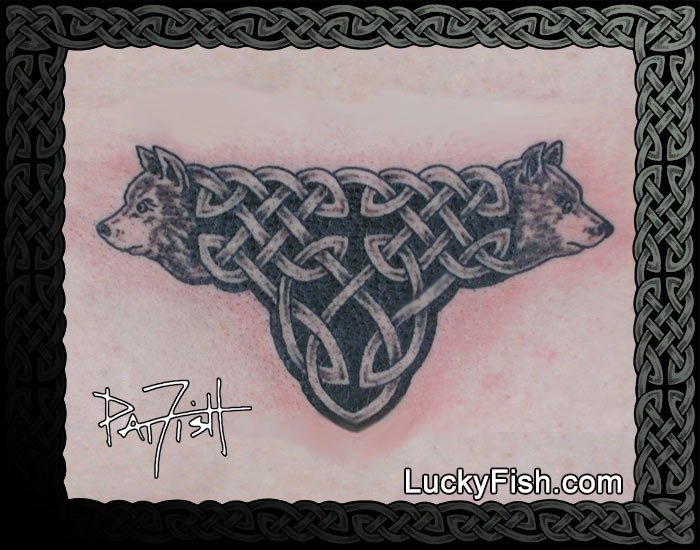Unveiling the Symbolism and Ancient Origins of Traditional Fenrir Tattoo
– Fenrir tattoos are inspired by Norse mythology and represent strength, power, and the fight against adversity.
– Fenrir is a powerful wolf and the child of the god Loki and the giantess Angrbo冒a.
– Fenrir is prophesied to bring about the end of the world and is feared by the gods.
– Fenrir has appeared in various Norse texts and has been featured in popular culture, such as in the Marvel film Thor: Ragnarok.
– Fenrir tattoos can incorporate various themes and designs based on Norse mythology, including Fenrir facing off against Odin, Fenrir breaking free from chains or brandishing a sword, and including Fenrir’s children Skoll and Hati.
– Tattoo placement options for Fenrir tattoos include hand tattoos, forearm tattoos, and tattoo sleeves.
– Fenrir tattoos can incorporate elements from Viking artwork and the Urnes style of Viking artwork.
– Artwork by Dorothy Hardy and Emil Doepler are recommended as sources of inspiration for Fenrir tattoos.
– Other characters from Norse mythology, such as Odin and Thor, and creatures like Sleipnir and the draugr can be included in Fenrir tattoo designs.
– Fenrir tattoos represent power, retaliation, and are a step up from a standard wolf tattoo.
– Fenrir is a legendary wolf from Norse mythology, known for his immense strength and role in Ragnarok, the end of the world.
– Wolves were important symbols in Viking culture, representing strength, courage, and loyalty.
– Fenrir represents chaos, destruction, rebellion, and resistance against authority.
– Fenrir’s death marks a pivotal moment in the cycle of death and renewal in Norse mythology.
